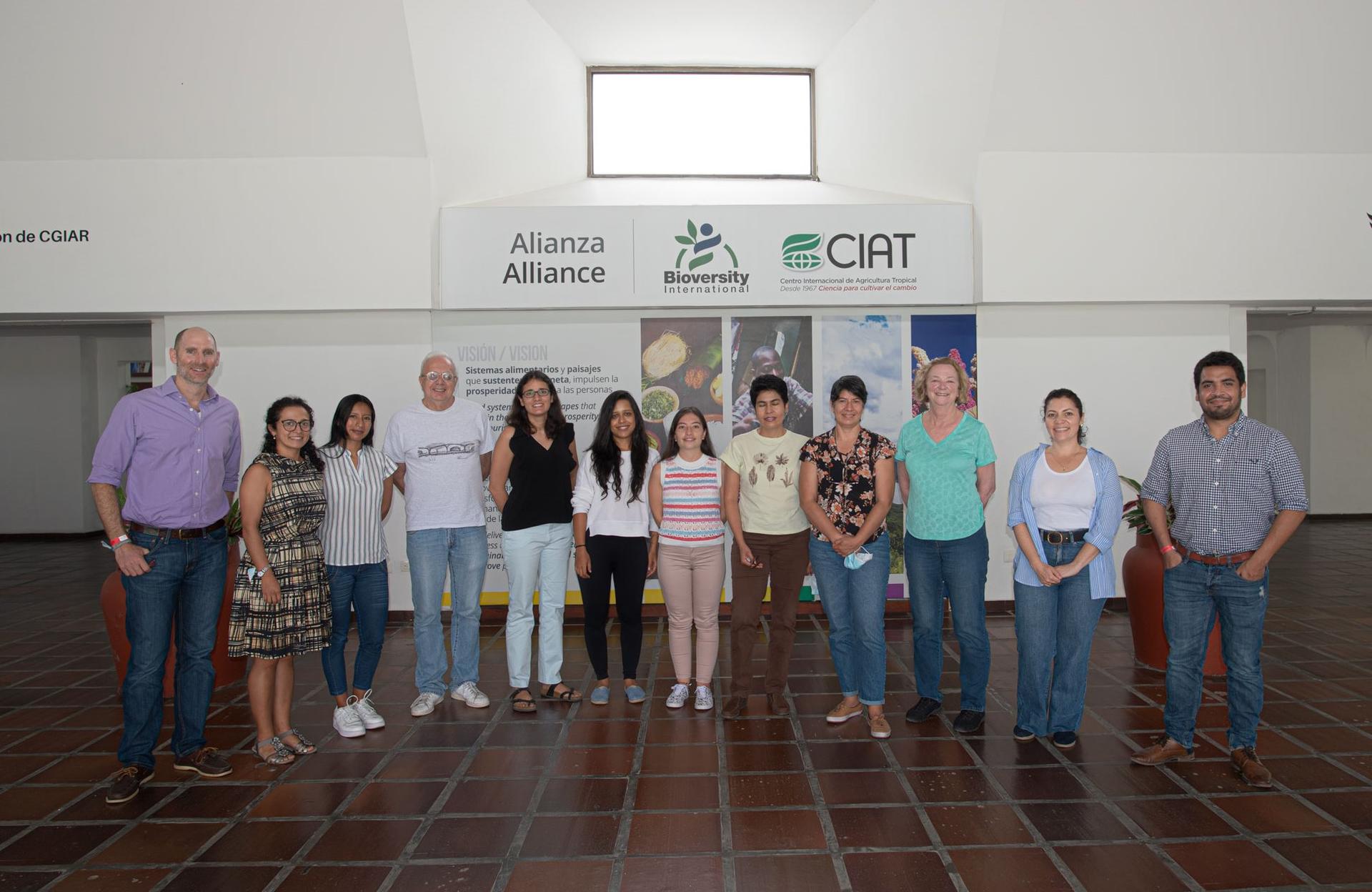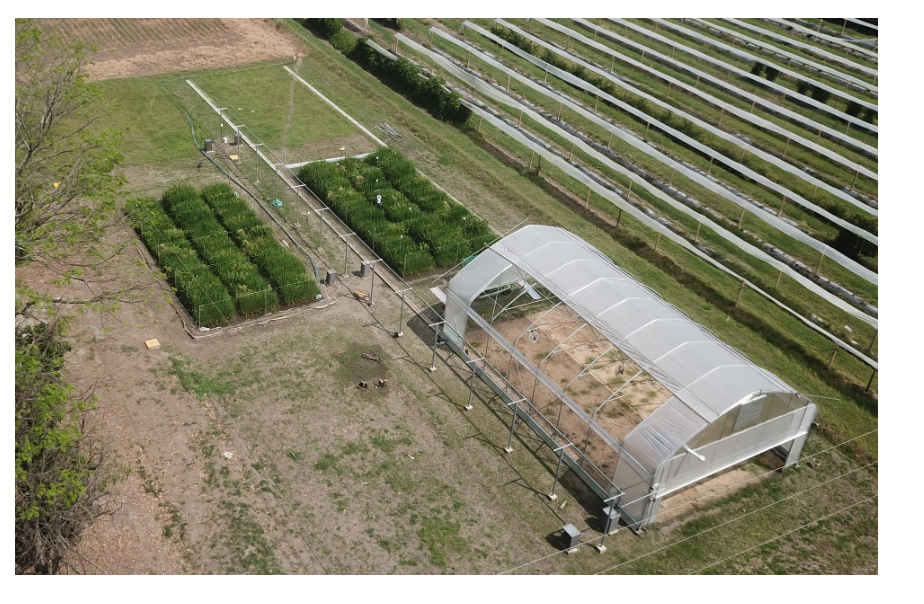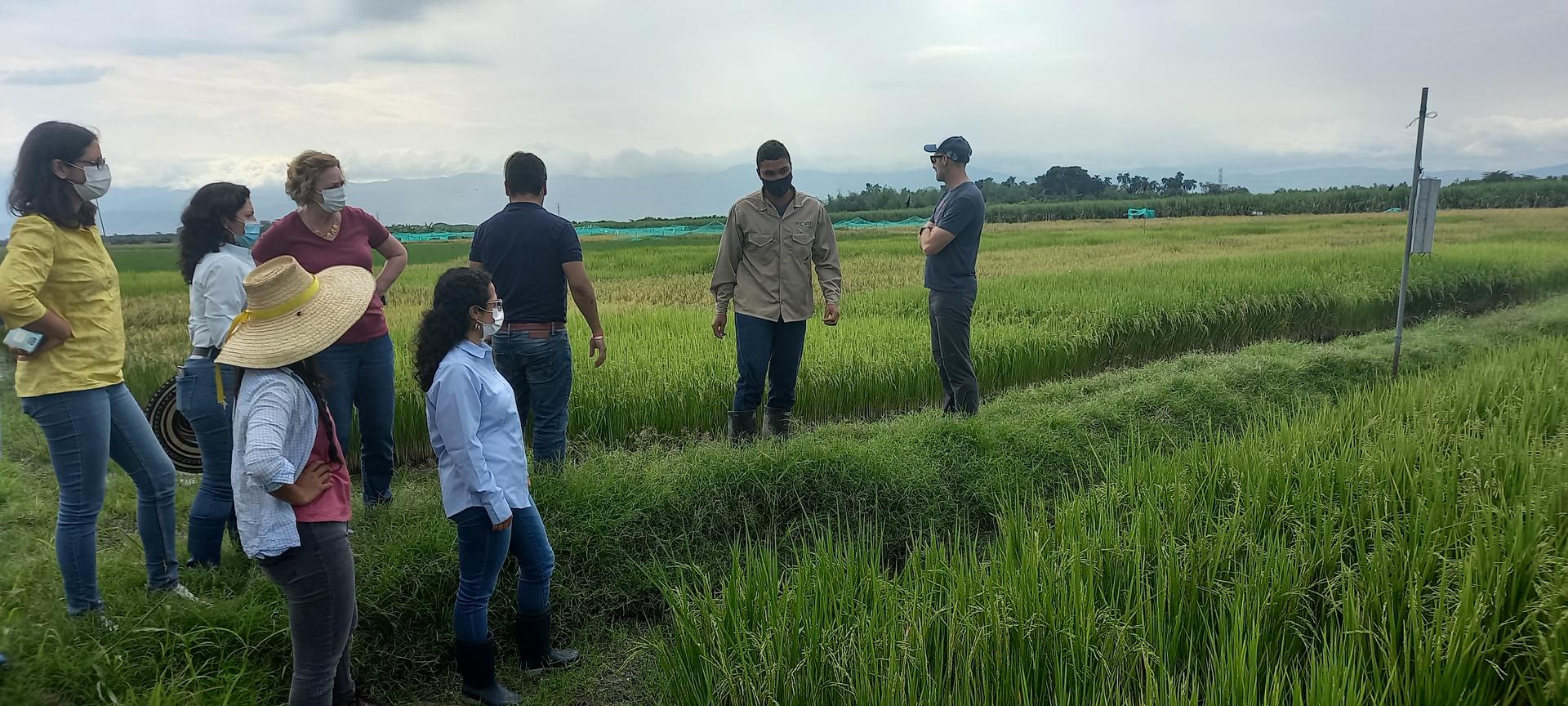Press and News Colorado State University and the Alliance of Bioversity and CIAT launch project that will contribute to breeding new rice varieties resistant to heat and diseases

A person consumes an average of 54 kg of rice per year and it is estimated, according to data from the Rice Observatory, that 165 million hectares of land are cultivated to rice in the world, with a production of more than 756 million tons. Rice is the third most important crop in terms of planted area.
However, according to a Fontagro report, high climate variability, associated with climate change, has affected rice production in recent years, which has negatively impacted farmers' welfare.
To address this threat, Colorado State University in the United States and the Alliance of Bioversity International and CIAT (the Alliance) are launching a new research project called “Exploiting conserved gene regulation mechanisms for genome-wide breeding for heat and broad-spectrum disease tolerance in rice,” which seeks to simultaneously increase tolerance to heat and disease through the development ad use of molecular markers, which would ultimately allow for greater stability of grain production in the world.
The project was selected, along with five other initiatives, by the Foundation for Food & Agriculture Research (FFAR) under the Increasing Climate Resilience in Crops program to improve heat tolerance in crop plants.
The initiative, led by Colorado State University and the Alliance, is also supported by the French Agricultural Research Centre for International Development (CIRAD).

What is the project about?
Jan E. Leach, a professor in the Colorado State University College of Agricultural Sciences, and project leader, said “We're interested in the fact that when stresses such as heat and pathogens affect a plant, they induce several genes that control stress tolerance, and many of these genes are common between the stresses. We’d like to identify ways to develop markers for those genes that are commonly regulated or co-regulated to provide breeders with new simple markers that will allow them to breed for more genes, more than one gene at a time. This is genome-wide breeding.”
Professor Leach added “We're facing climate change and increasing temperatures globally. And with climate change and the increasing temperatures, plants that were previously resistant to diseases are now susceptible to them because the high temperatures break down the resistance. Therefore, we need to have plants that can tolerate the heat stress imposed by climate change. Our aim is to help improve crops so that farmers are able to cultivate crops under these conditions.”
For her part, Camila Rebolledo, a CIRAD and Alliance researcher, said “With climate change, night temperatures are increasing faster than daytime temperatures. In rice, high night temperatures reduce field production by 20 to 40%, but also in milling quality, affecting field and mill yield. At Alliance, we have designed a phenotyping system that allows us to detect varieties tolerant to high night temperatures and therefore evaluate breeding populations under these conditions."

According to Gloria Mosquera, an Alliance plant pathologist and researcher in this project, the research at Colorado State University will provide bioinformatics-based information obtained from rice genome sequencing data, which will be used to develop molecular markers on genomic regions associated with heat tolerance and disease resistance. On the other hand, Alliance and CIRAD colleagues will generate information on the performance of several rice cultivars, related to heat and disease response. This information will be used to validate and refine the molecular markers developed in the first stage of the project.
"We will have the support of the University to develop tools that will enable the Alliance breeders and their partners to select germplasm with two characteristics: heat tolerance and disease resistance. Although work is being done on these stresses for rice, research in the region still needs validation processes and implementation tools, so this project is key to advancing the process of developing and selecting materials that meet these criteria," said Mosquera.
A project with major beneficiaries
The project aims to generate products for multiple users. The first beneficiaries will be researchers from different areas of the Alliance who will learn about and apply the mechanisms developed by the University in terms of bioinformatics to begin identifying heat-tolerant germplasm. A second line of beneficiaries will be breeders, who will be able to use this molecular marker tool to select heat-tolerant lines within their crosses more easily and quickly. The end user will be the farmer, who will benefit from a better variety to grow.
Researchers at Colorado State University will also benefit from the implementation of this research project. In fact, "It's a win-win. We will have the basic information and our colleagues at the University will get their information applied in our fields and greenhouses. In the end, we all want to have something tangible in the field and, with this project, there will be new varieties more resistant to heat and diseases, thus allowing rice growers to be more competitive," said María Fernanda Álvarez, Rice Program leader at the Alliance.
This research, with a duration of three years, will initially focus on rice, but could be extended to other crops.

